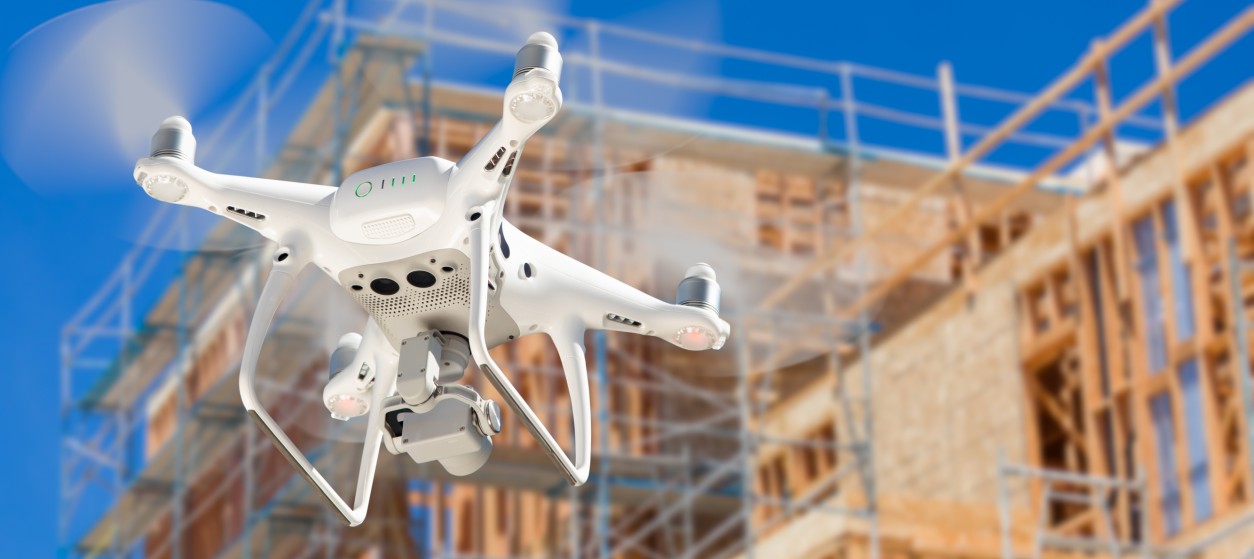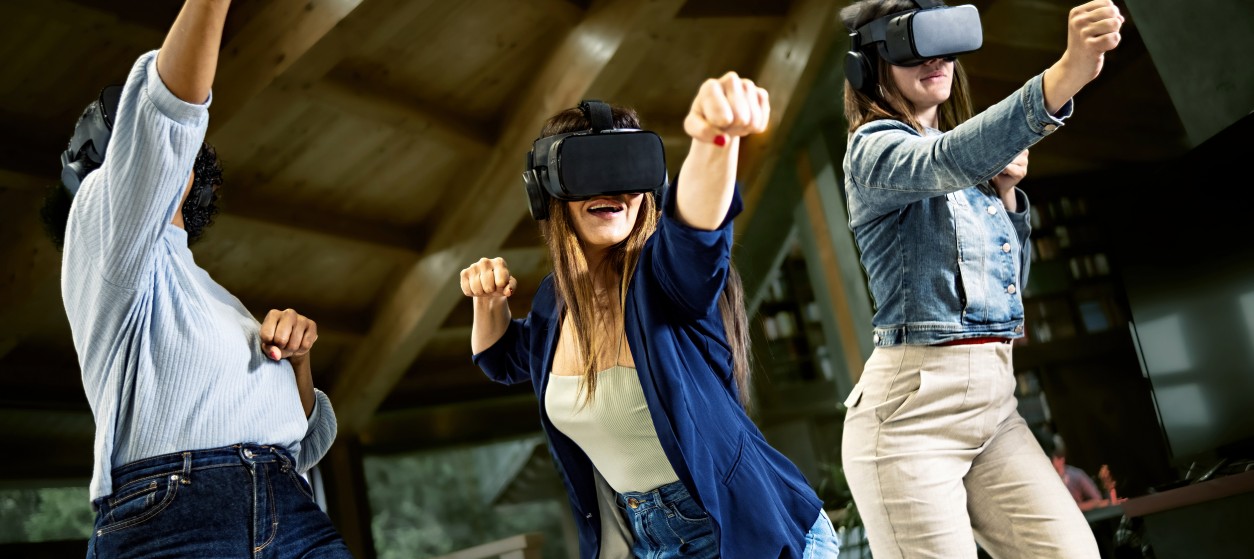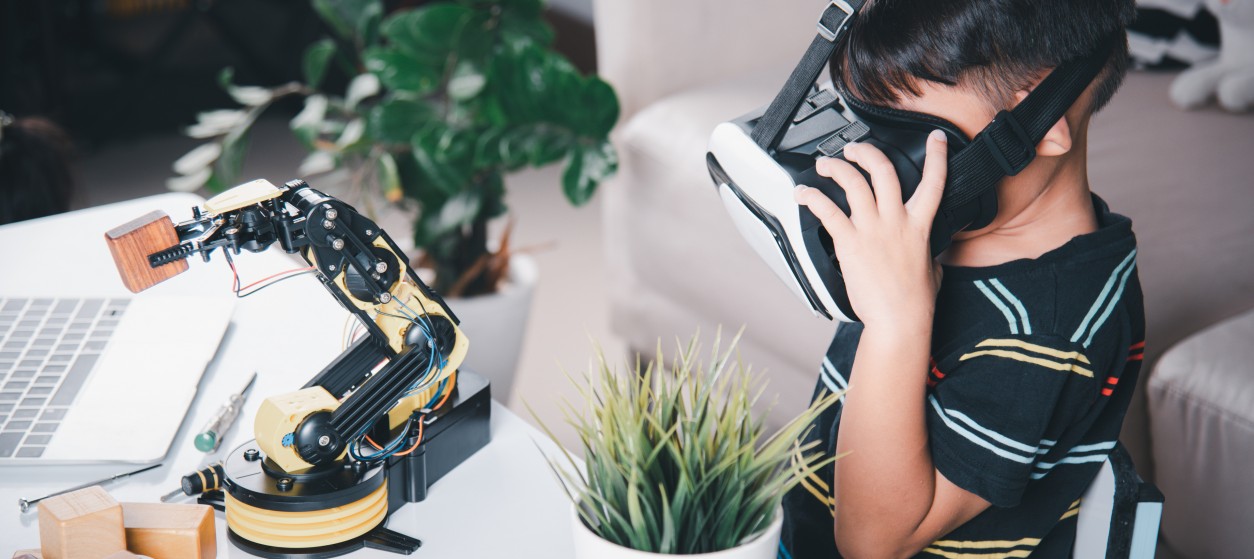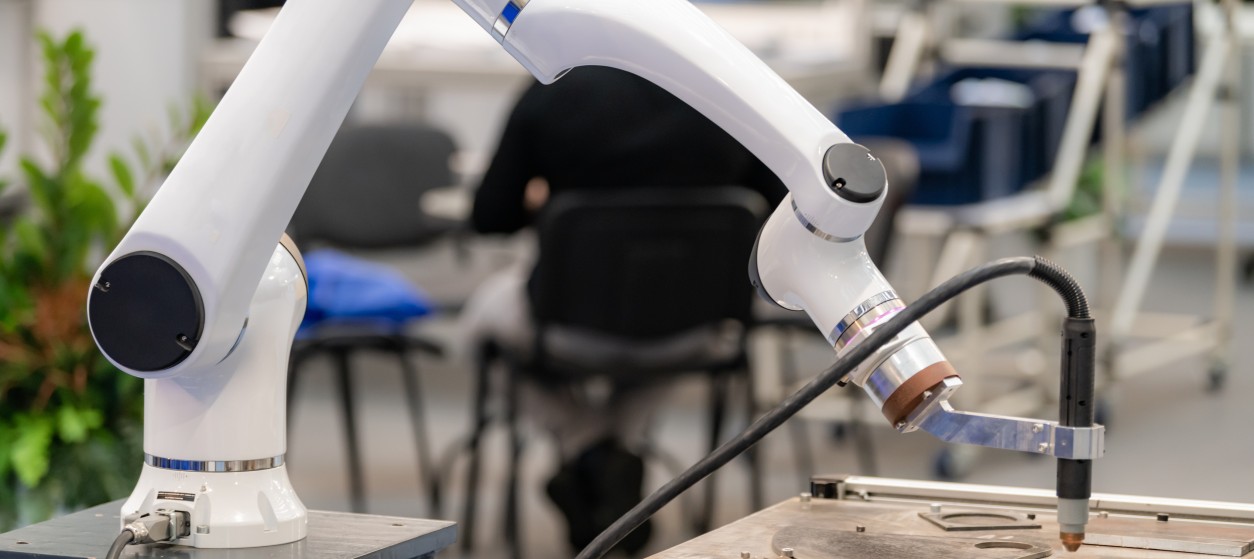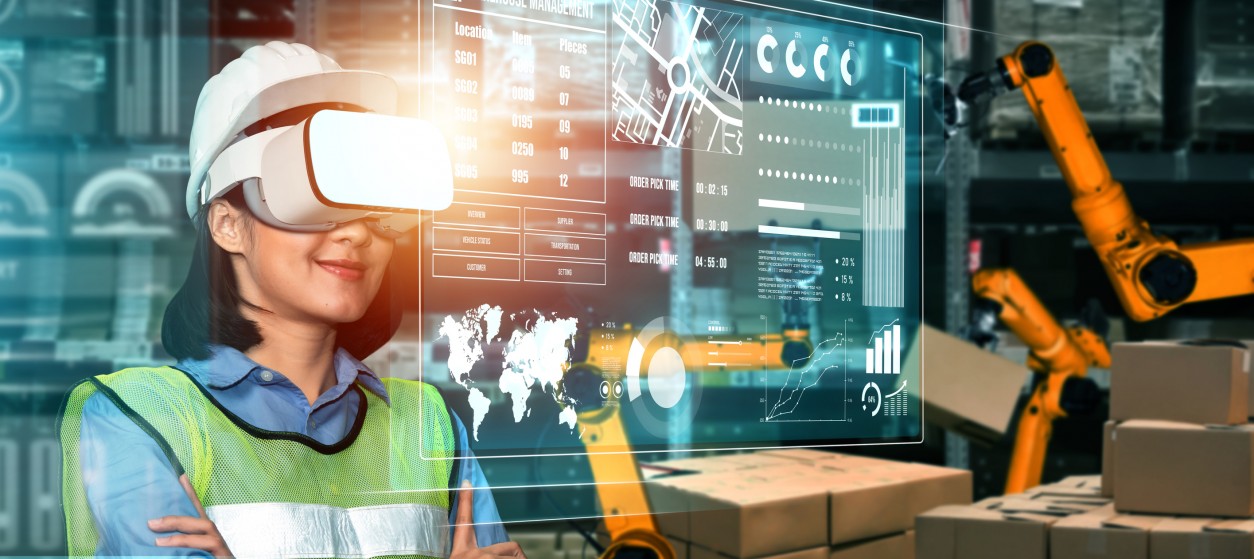In recent posts we have presented the on-going digitalization of industrial organizations, as part of the fourth industrial revolution (Industry 4.0), which enables digital control of physical processes. The merits of Industry 4.0 have been validated in various use cases in sectors like manufacturing, oil & gas and energy. However, these benefits extend to industrial infrastructures as well, such as smart cities and the smart buildings that they comprise. In particular, the design, deployment and management of physical processes in these buildings are increasingly empowered by the IT applications, which collect and process digital data. This opens new horizons in the digitalization of relevant construction and real estate processes, in areas such as design, training, energy optimization and more.
In this context, we are recently witnessing a proliferation of Augmented Reality (AR) and Virtual Reality (VR) deployments in construction projects. A wide array of AR and VR applications leverage 3D representations of constructions in order to facilitate training, support and simulations. Such 3D representations are increasingly made available in the scope of BIMs (Building Information Models), which provide digital models of non-trivial buildings and enable merging of real and virtual 3D views.
AR/VR Applications in Construction
With a BIM model and its associated digital datasets at hand, various VR and AR applications can be developed, including:
- Expressive VR and AR visualizations: BIM data can be visualized using Virtual Reality. Such visualizations enable virtual walk-throughs, which are much more impressive, expressive and ergonomic than conventional 3D rendering. Similarly, it is also possible to produce Augmented Reality visualizations, which identify and depict the differences between candidate designs and the status of the real world. In practice, this entails placing design elements in the real world and is very useful when one needs to evaluate how new items fit within an existing structure.
- Remote Service and Troubleshooting: AR representations can be also used for remote service and support applications. Such applications enable a remote person (e.g., service engineer or technician) to superimpose the actual image into a representation of a real world. Accordingly, the remote person can demonstrate the service task in a realistic environment that helps on-site technicians understand how to best perform and actually compete the task.
- Interaction with the Space: AR tools enable also interactive experiences with the building, which can be particularly useful for designers, architects and clients. Such AR tools enable the above-listed users to access interactive visualizations of rooms and flats, as they walk around with their tablet device. In this way, they get a tangible sense of what the space looks like and how they could exploit it, including what items fit best in the space and how easy it is for them to move around. Overall, interactive applications are useful for both design and visualization purposes, serving the needs of different stakeholders.
- Measurement Applications: When working on a construction project, architects and engineers have to use rulers to calculate distances. BIM models and VR/AR applications provide highly ergonomic digital rulers that facilitate taking of measurements in real time and instantly understanding their implications on construction and design projects. In this direction there are also apps that facilitate drawings in the 3D spaces, along with their placement in real rooms. Thanks to the evolution of smart phones and their cameras, such applications can be run using your everyday phone rather than requiring traditional rulers or other equipment.
- Management of Construction Instructions: A direct extension to measurement and 3D drawing applications involves the addition of construction instructions, which help architects, technicians and engineers in their field work. Such instructions can be superimposed in the workspace and accordingly displayed through smart mobile devices (e.g. smartphones, tablets) or AR glasses (e.g. Hololens). Relevant apps are not limited to displaying fixed instructions on top of measurements and 3D representations of the construction space. Rather, they undertake the validation and verification of the placement of objects, as part of a step by step support to design and/or construction processes.
Stakeholders and Beneficiaries
The previous list of AR/VR applications in construction projects is probably not exhaustive, given that new visualization, interaction and measurement related ideas are always emerging and materializing. Nevertheless, it provides a representative collection of the most commonly used applications. As evident from the description of the applications, it’s very interesting that they support multiple stakeholders including:
- Architects and Designers: Most of the presented tools are perfect productivity devices for architects and designers, as they help them complete their projects faster and with higher accuracy. Architects and designers are among the most technology savvy professionals and are therefore rapidly embracing technological advances and new AR/VR tools.
- Construction Enterprises: Construction enterprises view AR/VR as a natural extension to their legacy BIM applications. However, they see true merit in the presented applications, as they enable them to present their projects to their clients in more interactive and user-friendly ways. For example, VR walkthroughs help them in the process of attracting new customers and convincing prospective buyers. Similarly, they can be a very useful tool for presenting their projects to governments, regulators and prospective investors. Likewise, construction enterprises provide their employees with AR/VR tools that help them complete tasks in less time.
- Maintenance Companies and Field Service Engineers: AR tools for remote maintenance can accelerate the provision of support to field service engineers, while saving travel resources and related costs. This is because with AR a great deal of maintenance work can be completed without a need to send physically experienced technicians on site. Maintenance companies that manage hundreds of maintenance projects for different buildings can leverage AR in other to leverage these benefits at scale.
- Training Stakeholders: VR/AR applications can boost the quality of training that is provided to engineers, architects, technicians and other types of workers that engage in construction projects. With VR/AR, training can be provided on top of realistic cyber representations of the building, which reduces the need for on-site training. The latter can be expensive and dangerous for the workers, especially when working in harsh environments is required. VR/AR training lowers the relevant costs and creates a safer and effective training environment for all relevant stakeholders.
The use of AR/VR tools in construction projects is nowadays a reality, as far as functionalities like walk throughs, training and remote support are concerned. In coming years, we expect a proliferation of VR/AR deployments in construction, as a result of the reduction of the cost of AR/VR devices (e.g.,headset), but also due to the development of an increased number of applications. Most of the latter will be accessible through state of the art mobile devices, which will increase their availability and will reduce the total cost of ownership of the solutions. Hence, AR/VR will become available to the masses of architects and designers, rather than being a privilege of a small technology literate elite.
